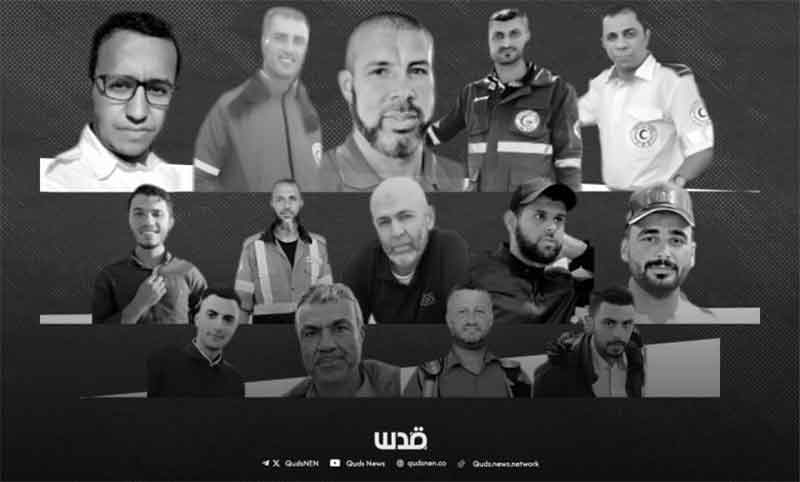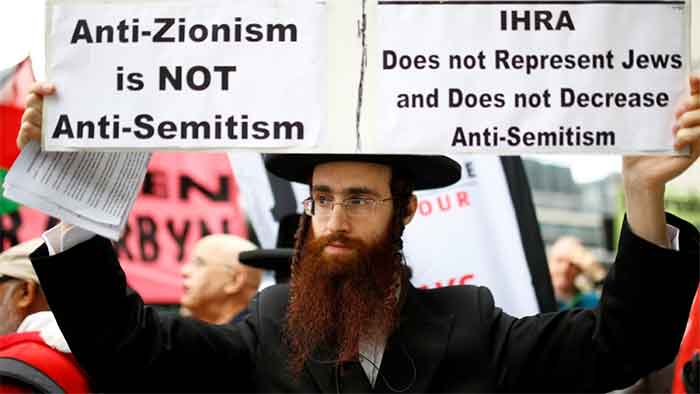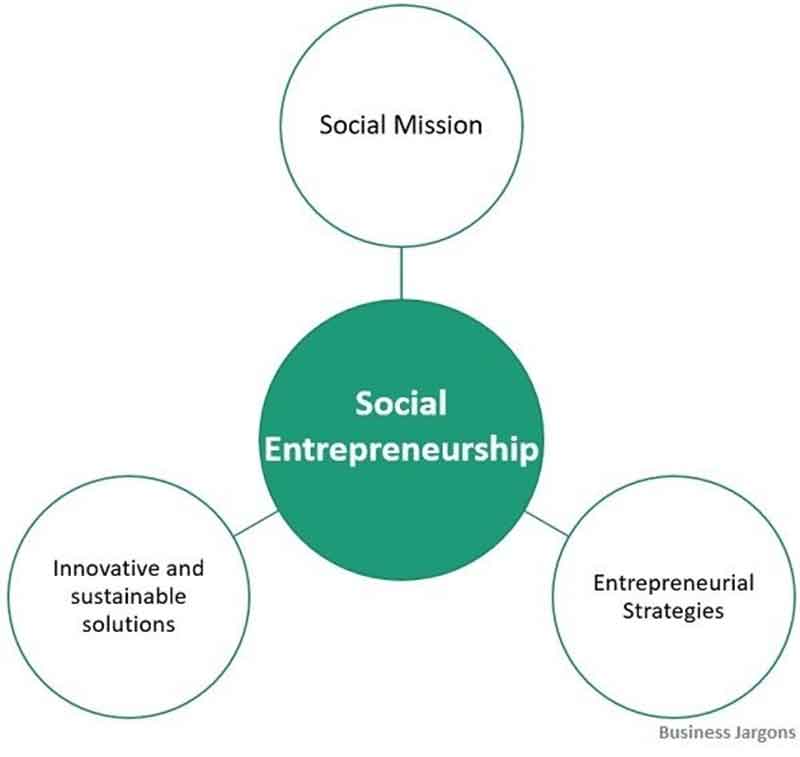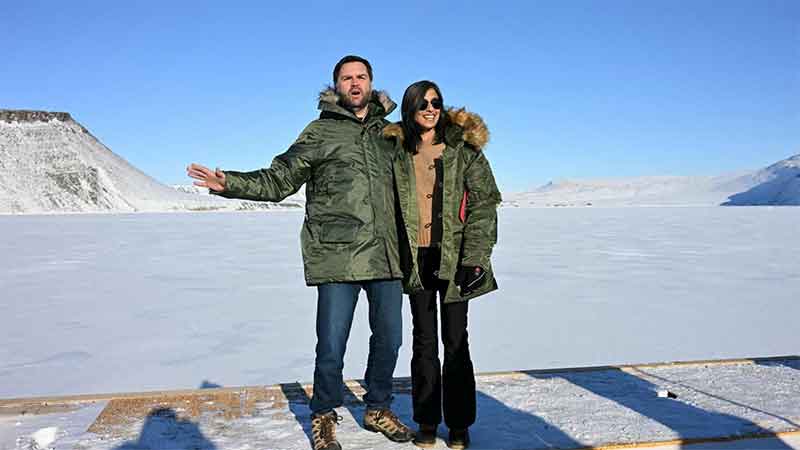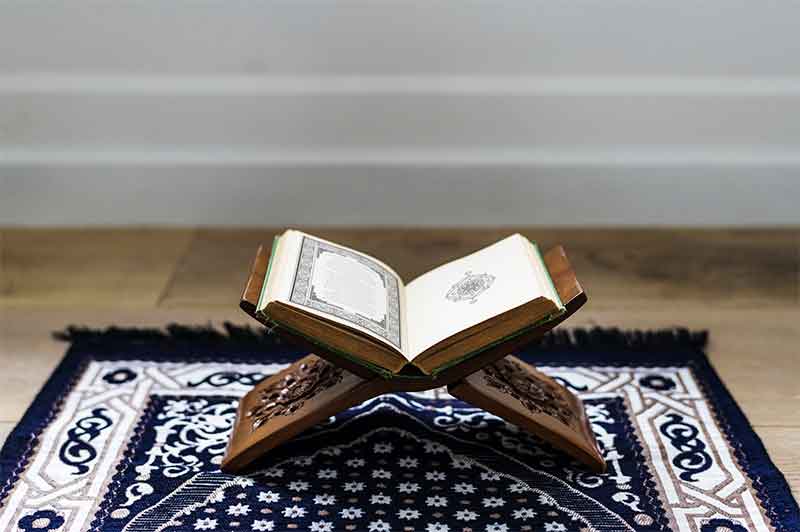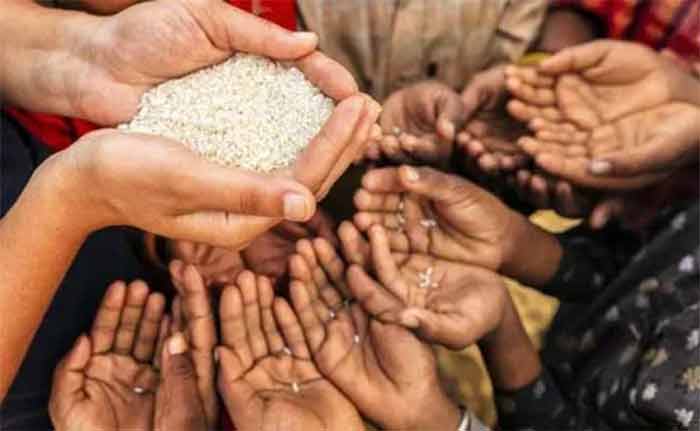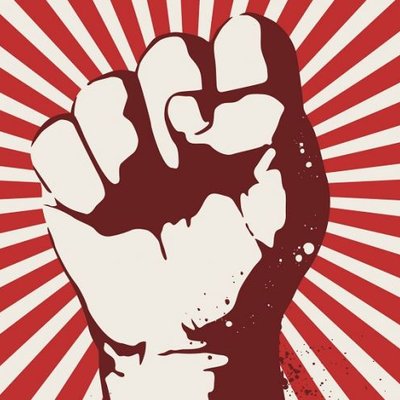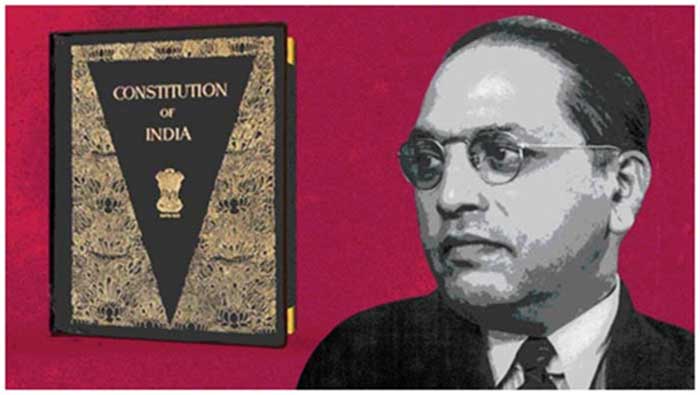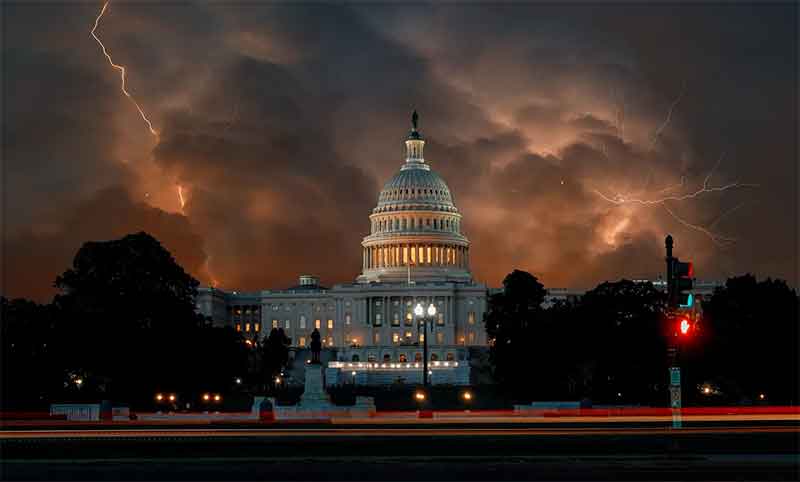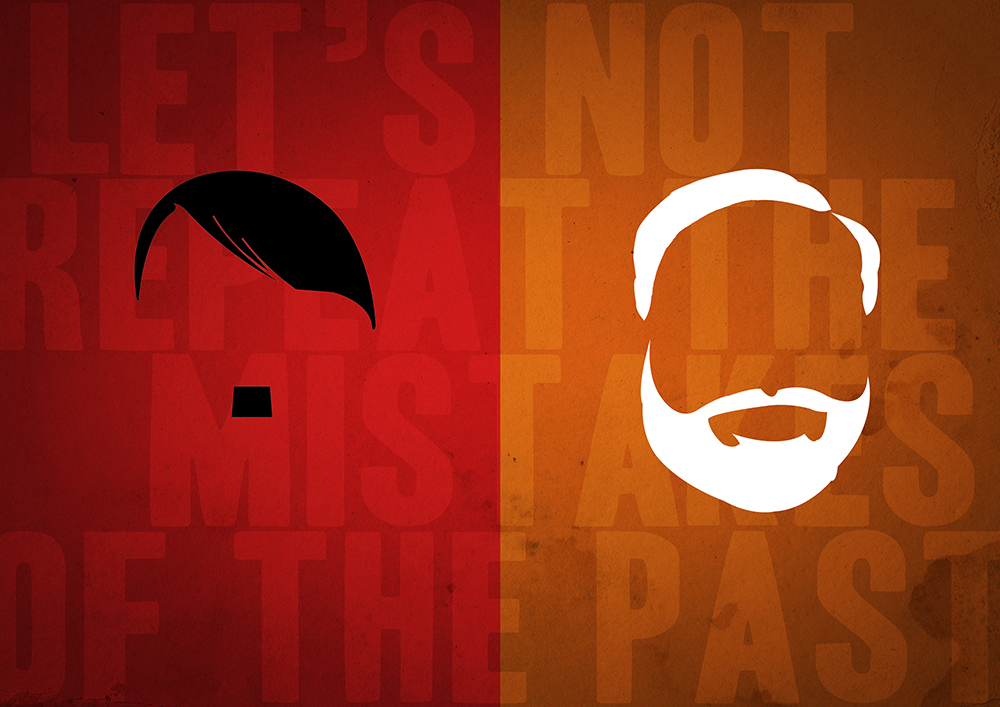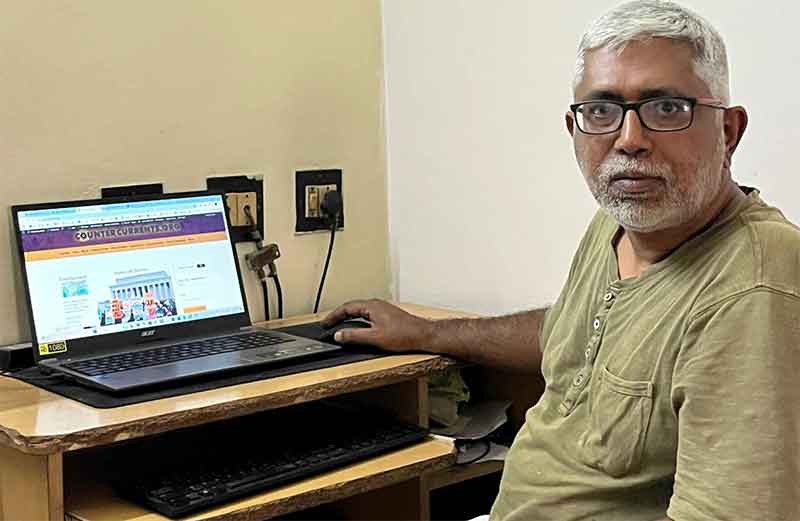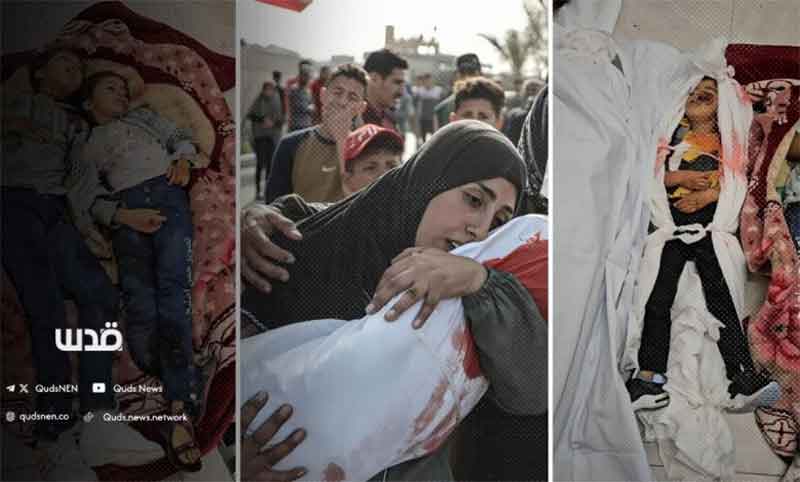
On the first day of Eid al-Fitr, Israel turned Gaza into a slaughterhouse. Warplanes bombed homes, refugee camps, and even rescue workers. At least 76 Palestinians were murdered, including entire families, women, and children.
This was not just another day of war. It was part of a pattern. Killing on Eid has become an Israeli ritual, one designed to shatter the spirit of an occupied people.
A Calculated Massacre
Among the victims, a family was wiped out in a refugee camp west of Khan Younis. In Hamad City, north of Khan Younis, Israeli bombs killed nine people, including children and women. In Juhor al-Dik, six more perished in another airstrike. Homes, already surrounded by destruction, were erased in seconds.
Even the dead kept multiplying. In al-Shuja’iya, eastern Gaza City, another strike killed more children. Two more Palestinians died in Abasan al-Kabira. Bodies were pulled from the rubble all day, but no one was left to grieve them properly—because grief itself had become too constant, too exhausting.
Slaughtering the Rescuers
Not even those trying to save lives were spared. In Rafah’s Tel al-Sultan neighborhood, rescue workers had disappeared more than a week ago. On Eid morning, their bodies were found.
Israeli forces had executed 14 Palestinian Red Crescent and Civil Defense workers. Their hands were bound, their chests riddled with bullets, their bodies dumped in a deep pit to hide the evidence. The health ministry called it an “escalation in war crimes.” But was it? Or was it just the next step in a genocide where every limit is meant to be broken?
The Science of Psychological Warfare
Israeli journalist Muna Al-Omari described the philosophy behind these killings: “Israel doesn’t just kill—it kills methodically, with a deep understanding of how to break people.”
Her words capture the strategy behind Eid massacres. Killing on a holy day is not random. It is designed to make Palestinians feel that no moment is sacred, no occasion is safe. The goal is psychological: to destroy the idea that there can ever be a life beyond war, beyond occupation.
Al-Omari explained it simply: “When you kill children on Eid—children who suffered hunger, who smiled over a new pair of shoes or a bracelet—you don’t just take their lives. You take away the meaning of joy itself.”
From Gaza to Al-Aqsa: No Space for Celebration
The massacre in Gaza was not the only message. In the occupied Palestinian capital city of Jerusalem, Israeli forces stormed Al-Aqsa Mosque on Eid morning. Heavily armed officers pushed through worshippers, standing among them as a silent warning: “You will not celebrate in peace.”
Al-Omari predicted what comes next: Next year, they will fire tear gas at worshippers. The year after, fewer people will come. Then, in the future, access will be restricted, just like the Ibrahimi Mosque in Hebron.
It is not just about violence. It is about erasing Palestinian presence, piece by piece, until nothing remains but occupation.
Hamas condemned the attacks, stressing that Israel uses the holiday to escalate its massacres, knowing that the world will look away. “What enables Netanyahu—the war criminal—to keep defying international law is the silence of the world and the absence of accountability,” the resistance movement stated.
Al-Omari described it even more bluntly: “Israel no longer waits for condemnation because it knows no one will condemn. It no longer cares about appearances because it no longer needs to.”
And so, the massacres continue. Every year, every war, every Eid.
The message is clear: For Palestinians, there will be no safe days, no sacred moments, no space to exist in peace. Unless the world stops looking away.


